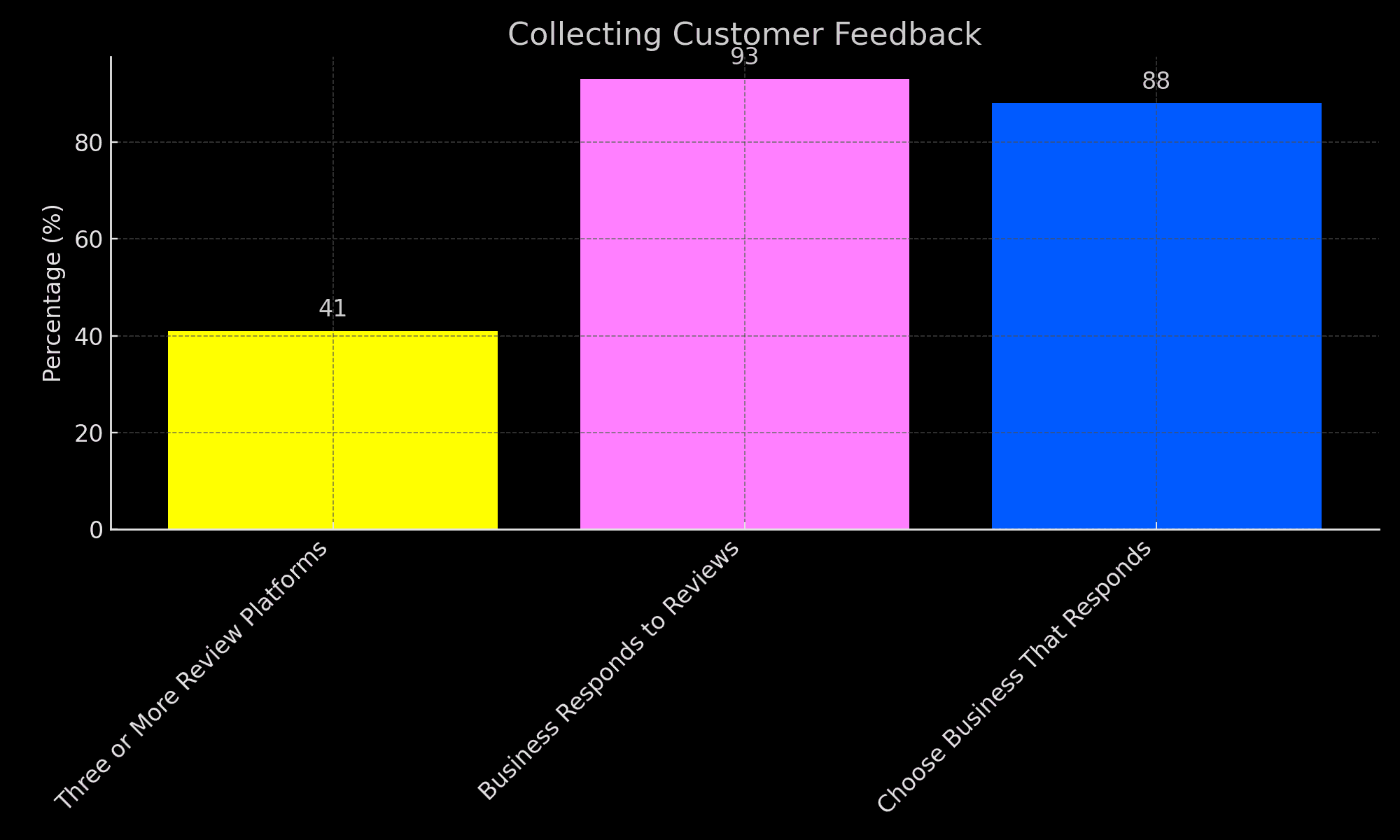May 15, 2024
How to Collect Customer Feedback
What Is Customer Feedback?
Customer feedback is the information provided by clients about their experiences with a product or service. It is vital for understanding customer satisfaction and making informed business decisions.
For example, an e-commerce platform might receive feedback about a cumbersome checkout process, leading to improvements that enhance user experience.
Pros
Provides insights for improving products and services.
Enhances customer engagement and loyalty.
Helps in identifying market trends and consumer preferences.
Supports data-driven decision-making.
Cons
Negative feedback can harm reputation if not managed well.
Feedback can sometimes be biased or unconstructive.
Analyzing feedback can be resource-intensive.Ignoring feedback can lead to missed opportunities.
How Can Customer Feedback Collection Influence Business Strategies?
Collecting customer feedback can guide product development and marketing efforts, ensuring they meet customer needs and expectations.
By actively seeking feedback, businesses can quickly adapt and improve, leading to higher customer satisfaction and retention.
Why Is Collecting Customer Feedback Important?
Collecting feedback shows customers that their opinions are valued, fostering a positive relationship.
Timely collection of feedback can also help resolve issues before they escalate, maintaining a positive brand image.
Moreover, acting on feedback can lead to innovations directly inspired by customer suggestions.
Latest Stats & Interesting Figures About Collecting Customer Feedback

41% of consumers use three or more review platforms when researching local businesses.
93% of consumers expect a business to respond to their reviews, highlighting the importance of timely interactions.
88% of consumers would choose a business that responds to all its reviews over one that doesn't respond at all.
Source: BrightLocal
How Marketing Managers Can Leverage Customer Feedback
Marketing managers can use customer feedback to refine products, enhance service delivery, and drive business growth. Engaging with feedback helps build trust and loyalty.
Effective Strategies for Collecting Customer Feedback
First, regularly collect feedback through surveys, social media, and direct interactions. This helps identify trends and areas for improvement. Addressing feedback shows customers that their opinions are valued.
Second, use feedback collection tools like online surveys, feedback forms, and customer interviews. Highlighting real customer testimonials can boost credibility and attract new customers.
Third, analyze feedback data to make informed strategic decisions. Understanding customer needs and preferences ensures that marketing efforts are targeted and effective.
Common Questions About Collecting Customer Feedback
How Does Customer Feedback Collection Impact Business Success?
Collecting customer feedback provides valuable insights into what customers value or dislike about a product or service. Positive feedback can enhance a company's reputation, while constructive criticism can lead to improvements and innovation.
By addressing feedback, businesses can improve customer satisfaction, leading to increased loyalty and positive word-of-mouth recommendations.
What Are the Best Practices for Collecting Customer Feedback?
Effective feedback collection involves actively seeking, analyzing, and responding to feedback. Businesses should create multiple channels for customers to share their thoughts and ensure timely and professional responses.
Using feedback to make tangible improvements demonstrates to customers that their opinions matter, fostering a positive relationship.
Can Customer Feedback Collection Drive Innovation?
Yes, collecting customer feedback can be a significant driver of innovation. Feedback highlights areas where customers see room for improvement, providing businesses with direct input on what changes or new features would be most beneficial.
By continuously listening to customers, businesses can stay ahead of market trends and meet evolving customer needs.